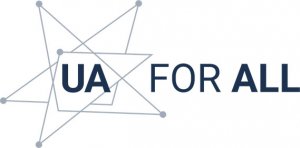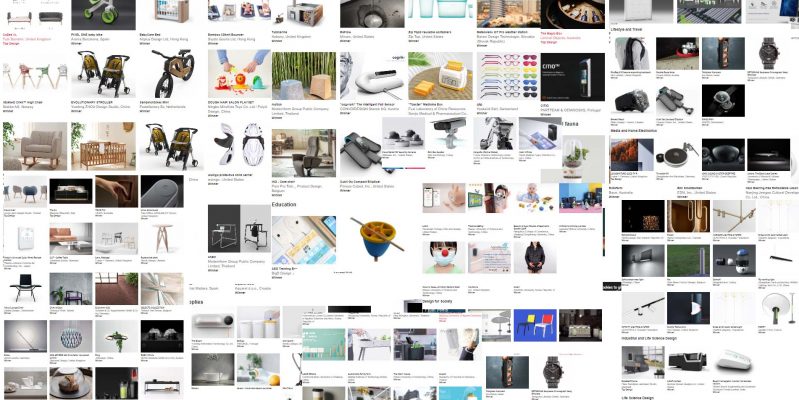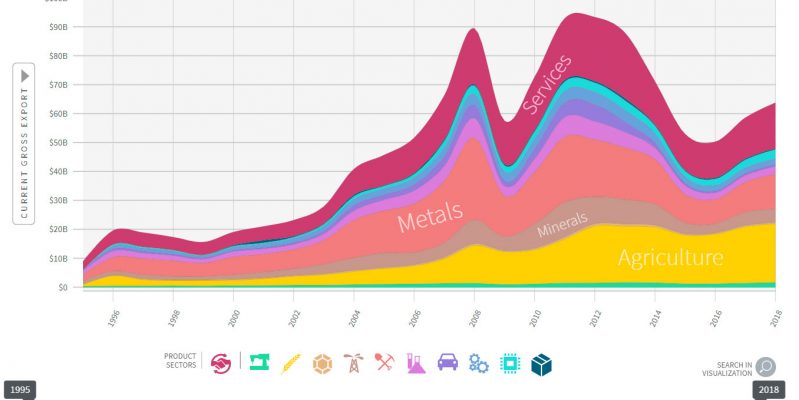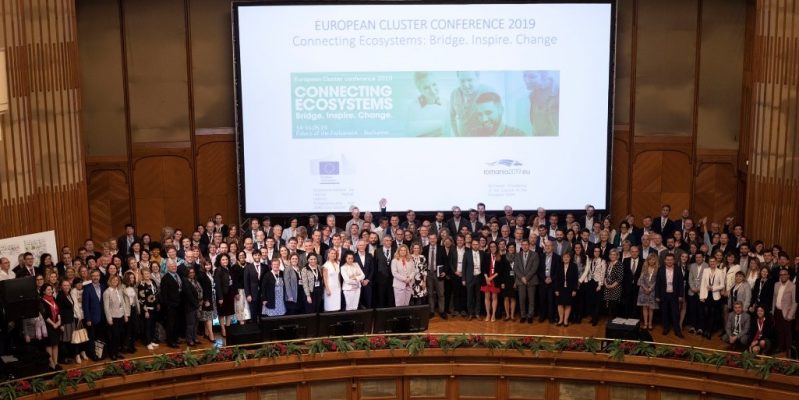How legally place a 3D printed product on the European market designed by you? What are the requirements for a product printed on a 3D printer? What certification is required and what documents do you need to have?
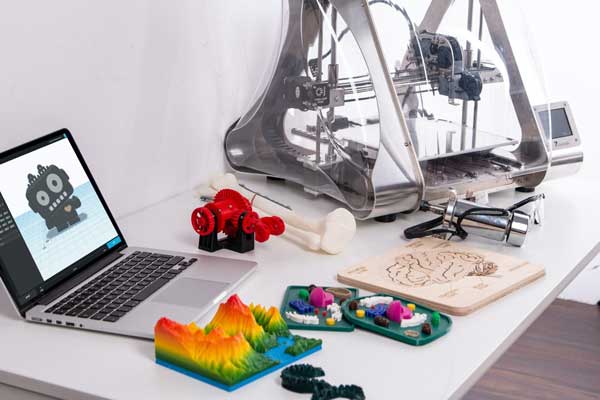
First of all, regardless of the purpose of the product – all products sold in Europe must comply with the General Product Safety Directive, which will soon be strengthened by regulations and updated by the end of 2021, as we discussed in more detail in our article earlier. This directive requires the manufacturer to use the product safely, in most cases mechanical safety. For example, the product in the process of use should not be deformed into dangerous parts that can damage, cut, the product should not have long parts that can suffocate, the product should not be mistaken for food and so on. In order to be able to accurately assess the compliance of your 3D product with this directive, everything will be qualitatively evaluated in a laboratory that will be able to select a standard that can be applied to your product. There is a laboratory in Ukraine that can perform the necessary tests for this kind of assessment.
Next, there is the Directive, which applies to the chemical component of products – REACH (registration, evaluation, authorization and restriction of chemicals). This directive applies to both the protection of human health and the environment from harmful chemical compounds. All manufacturers who place chemical compounds, materials in the territory of the European Union must ensure compliance of their materials with this directive. Therefore, one way to reduce the cost of bringing your 3D product into compliance is to require a Safety Data Sheet from your filament material supplier. An example can be seen at this link https://www.filament-pm.com/data/files/SDS%20-%20PLA%20-%20EN_CLP_2018.pdf
An alternative way is to know thoroughly the composition of the filament material according to the classification of substances of the European Chemicals Agency and to check each substance for presence in the lists: SVHS – substances of very high concern and Annex XVII – substances restricted to REACH. Or, test the filament in the laboratory. But in both cases, you need to be 100% sure that the supplier will not change its composition. That is, a safer method is to require the supplier to provide the relevant documents with the exact number of your filament. Especially since some suppliers can provide a wide range of uses for filament, for example, as one that can be used for food-contact products (Food Safe Filaments).

The next step will be to check the product for compliance with the requirements relating to its characteristics, purpose, specifications. At this stage it is very important to understand that there are groups of goods that are subject to CE declaration:
- Toys,
- Equipment with radio and telecommunication functions,
- Personal protective equipment (such as a frame for an antiviral mask),
- Non-automatic scales,
- Measuring instruments,
- Cables,
- Goods that use from 50 to 1000 volts of alternating current or 75 -1500 volts for direct current,
- Electrical equipment,
- Equipment for outdoor work, characterized by a high noise level.
The CE declaration includes 3 important steps:
- Checking the product for the relevant requirements that apply to it.
For example, toys must comply with the Toy Safety Directive, electrical appliances – in most cases – with the EMC Directive, LVD, ROHS and the RED Directive, if they have Bluetooth or wifi. Testing for most of these directives can be done in Ukraine, and we can help you with that!
2. Availability of a document confirming compliance – the so-called “Declaration of Conformity” (DOC-En). This document is drawn up by the manufacturer on the basis of his research on the conformity of the product. Its compilation requires specialized knowledge of product requirements and standards that may apply to it. If you have a task to make the CE declaration for the first time, we recommend to address to skilled experts in this question.
It is worth noting that even in the case of assistance of third-party services in filling out the Declaration – the responsibility for its correct completion lies on the Manufacturer, and the declaration must specify the person responsible for its composition. Therefore, we recommend a very meticulous approach to this issue and choose a reliable partner for this service.
Some products may require additional documents in addition to the declaration, such as instructions for use, technical specifications, test results.
3. Marking of the goods with the designation CE. It is forbidden to affix the CE marking to the product without the previous two steps.
If the product is not subject to CE marking, the GDPS and REACH directives are the basic requirements that must be met, but each case needs to be checked separately.
We hope you have the most useful information to promote your 3D product in the EU market. If you have doubts about the requirements that can be applied to your product, or you need to make a declaration of conformity – you can always contact us for help. We will be happy to help with any questions!
P.S. Please note, that copyright is also an issue for such kind of goods, but this is a topic for a separate article.
